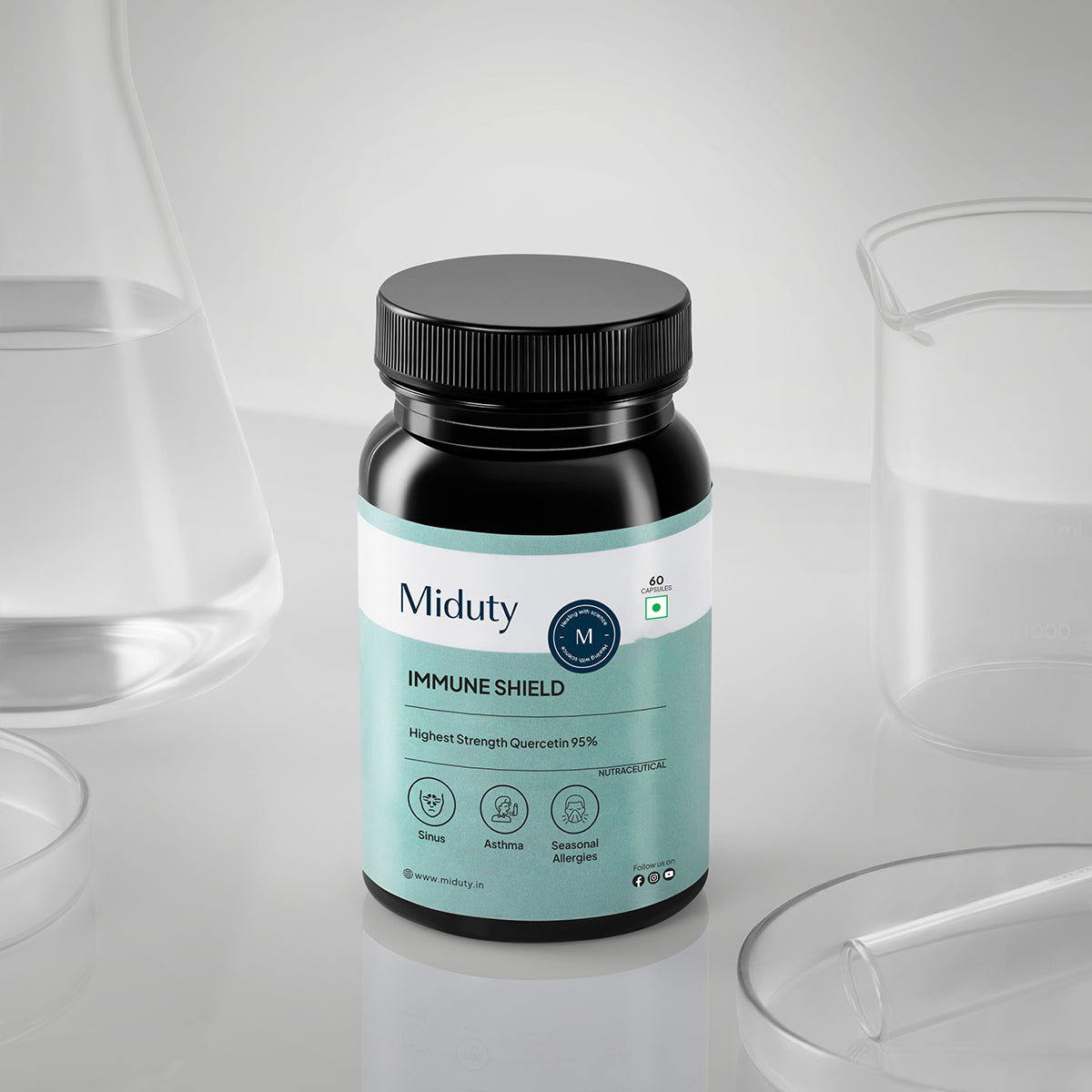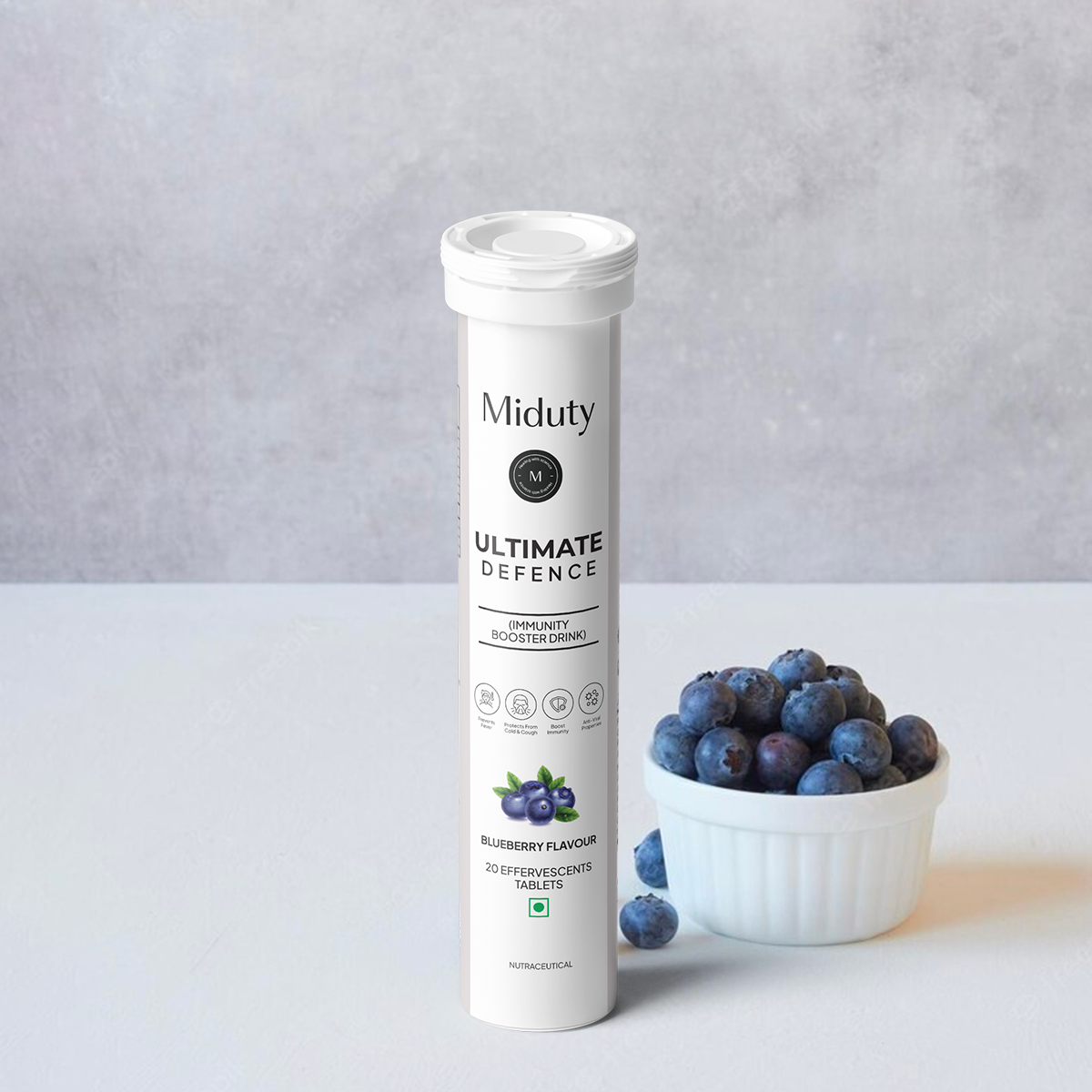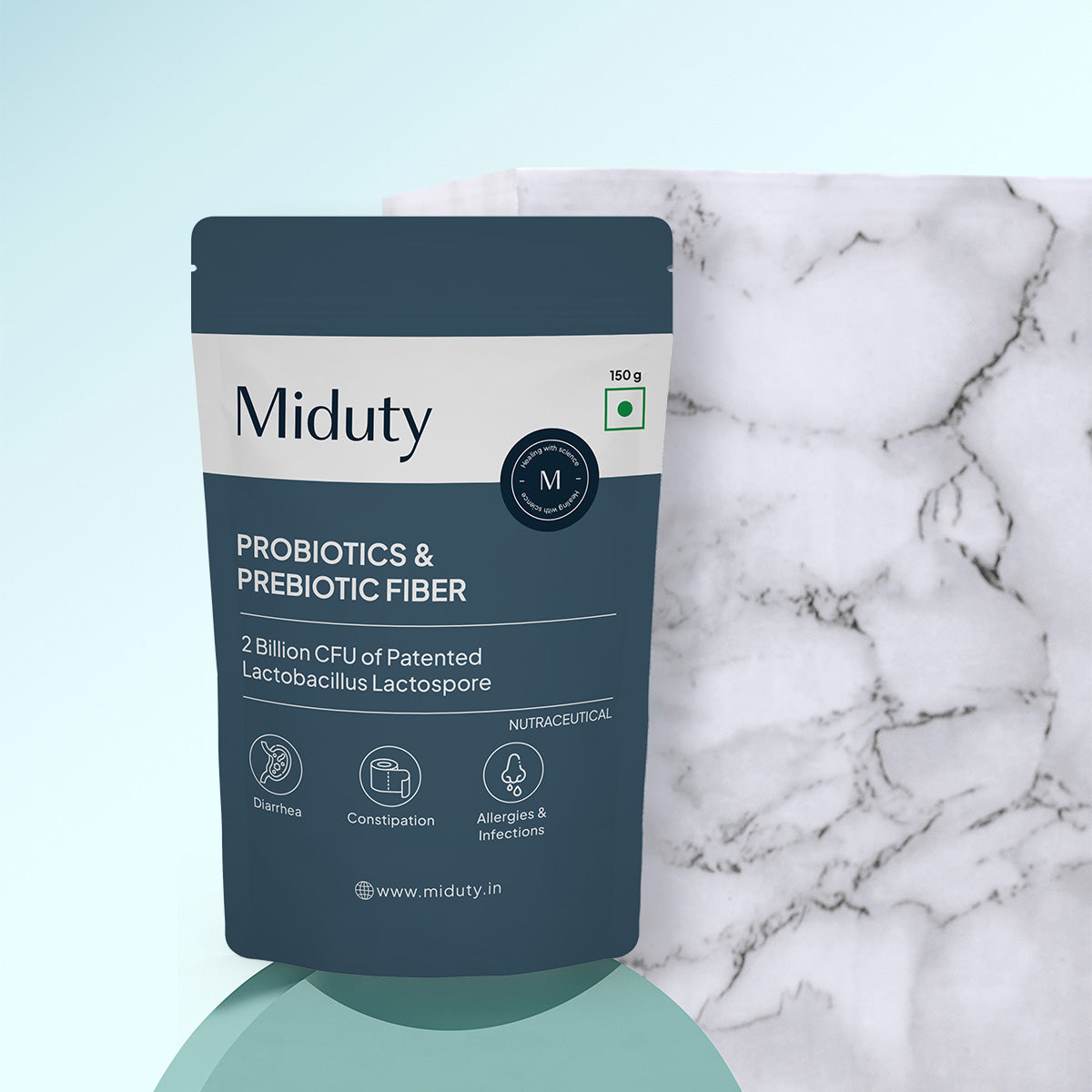
Toenail Fungal Infection: Causes, Symptoms, & Treatment Tips
Anyone who prefers wearing open-toed footwear in the summer knows how satisfying it is to have toenails that appear healthy. But maintaining healthy toenails isn't just for beauty purposes. You might have noticed an individual with a blackish toenail. After a while, you may see the formation of toenail fungus. This is similar to the fungus that grows on moist walls.
More than 50% of the people in India suffer from Toenail Fungal Infections. [1]
What is Toenail Fungal Infection?
Toenail fungal infection is a common problem that affects the toes. The fungus infects the area between the toe and the toe bed (tissue directly beneath the toenail), resulting in thick yellow or brown toenails. This is usually caused by a cut or crack in your toe. It is extremely infectious and can quickly spread to additional toes. [2]
Since toenail fungal infections are often painless, people are frequently unaware of a problem unless they inspect their feet on a regular basis.
If your blood flow has been compromised, you should protect your toes even more because this may make it difficult for toenail fungus to heal. You can take a supplement for the heart in order to improve your blood flow. Additionally, when you have a wound, you can have fungal skin infections, which could also lead to a bacterial infection if the skin begins to deteriorate.
What Causes Toenail Fungal Infection?
A toenail fungal infection is caused by tiny, microscopic organisms known as fungi (plural of fungus). Many people contract the fungus through skin-to-skin contact with a person who has a fungal illness, such as an athlete's foot or ringworm.
Walking barefoot in a warm, wet place, such as the edge of the pool or locker room, is another typical way to get toenail fungus. Warm, moist environments are ideal for these fungi.
Sharing a contaminated nail clipper or towel can potentially lead to a toenail fungal infection. However, you do not need to catch it from someone. It is possible to get it if your nails are usually moist or if you frequently wear sweaty shoes and socks.
Toenail Fungal Infection Symptoms

It is important to get professional assistance when recognizing or diagnosing foot infections, however, toenail fungal infections are commonly identified by the following symptoms:
- Nails that are discolored and brittle.
- Nails become sensitive and painful.
- An unpleasant odor from the foot.
- White spots and yellow stripes on the nail.
- Nails can grow extremely hard or extremely weak.
- Dust accumulates beneath the nail.
- The surface of the nail is chalky.
Can a Toenail Fungal Infection Be Dangerous?
Yes, if left untreated it can cause chronic complications. If you or someone you know is suffering from toenail fungal infection, I have got some tips for you that can help you prevent toenail fungus and kill the fungal infection. The good news is that you can treat your toenail fungus with a combination of home treatments. Continue reading to learn more!
Toenail Fungus Treatment At Home
1. Sunlight

Fungus grows mainly in dark, moist conditions and cannot survive in direct sunlight. The sun's UV-B rays are very effective against fungus and bacteria, and if you have a common and severe nail illness like toenail fungus, a daily dosage of sunlight between the hours of 10am and 2pm when UV-B rays are strongest, could eventually solve your condition. Toenail fungus is a difficult problem to treat since it dwells deep beneath the nail rather than on the surface, with the fungus growing off as a new nail grows in.
So to heal your toenail fungus, regular exposure to sunshine on the feet is the ideal rescue approach. [3]
2. Avoid Antibiotics and Keep Your Gut Healthy
When you take antibiotics for a long time, they can kill the good bacterial colony as well from your gut. So, it is essential for you to maintain a healthy gut to fight off the toenail fungal infection internally. You can consume probiotic foods like yoghurt, dosa, and idli to promote the growth of good bacteria in your gut. Yoghurt and kefir advantages include improved immune system function and intestinal health by boosting your body's defence mechanisms. You should also take a high quality probiotic supplement to boost the healing process by supporting your gut.
3. Vinegar

One of the most common home cures for toenail fungus is a vinegar foot wash. This is due to the vinegar solution's antibacterial characteristics, which can also prevent future fungal infections. [4]
How to Use?
You Will Require:
- A half-cup of vinegar
- 2–3 cups water
- A small tub
What You Must Do?
- Add all of the above ingredients to a small tub.
- Soak your feet for around 20 minutes in this solution or use a brush to scrub off the infected area.
How Often Should You Use This?
- Do this once a day.
4. Regularly Changing Socks and Shoes
Replacing your socks and shoes on a regular basis can also help to reduce the growth of undesirable foot or toenail fungus. Socks and athletic shoes both can be washed to remove yeasts and fungus that may be forming on the fabric. Wondering what kills toenail fungus instantly from shoes or socks? Then try a half-cup of baking soda or one cup of vinegar and add them into the washing machine. This will help remove bacteria and fungus from socks and shoes.
Some footwear can be machine washed and dried. When washing footwear, another alternative is to dry them in the sun, but make sure they are totally dry before using them again.
Keeping the feet breathing by removing shoes and socks as much as possible will help to prevent the growth of toenail fungus. Wear breathable shoes and clean, dry socks to protect your feet from toenail fungal infection.
5. Magnesium Sulfate or Epsom Salt

Washing your feet in Epsom salt (Magnesium Sulfate) will help you with toenail fungus treatment. [5] Wash your feet for 10 to 20 minutes in a mixture of one cup of Epsom salt and a small tub of warm to hot water. You might also make a more potent Epsom salt combination by combining:
- 4 cups warm water
- 1/2 cup Epsom salt
- 1/2 teaspoon baking soda
- ¼ cup of hydrogen peroxide
- 1 tablespoon vinegar
Soak your feet for 15 to 20 minutes after combining all of the ingredients. Essential oils like tea tree oil, clove oil, etc. are an excellent complement to foot baths. After your foot soaks, wash with clean water and wipe dry with a clean towel. Following your foot bath, put on clean socks and ventilated shoes to avoid infecting clean feet.
Conclusion
Toenail fungal infections can be commonly seen, however, they can be addressed with consistent, simple treatments and a few lifestyle changes. While these infections are often painless, ignoring them can lead to more complications. Treating toenail fungus early, especially using the effective at-home solutions like sunlight exposure, vinegar soaks, and Epsom salt foot baths, can prevent further skin issues.
Additionally, keeping the feet dry and promoting gut health with probiotics are also vital for recovery and prevention of toenail fungus. However, if your symptoms persist or worsen, consider consulting a healthcare provider for tailored treatments. Consistency is key, and with some daily care, you can reclaim healthy toenails and prevent future infections. Remember, the sooner you act, the quicker the recovery will be.
References












